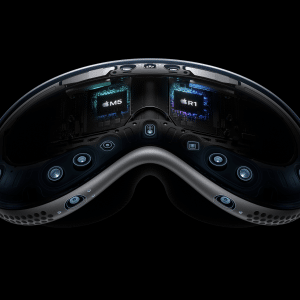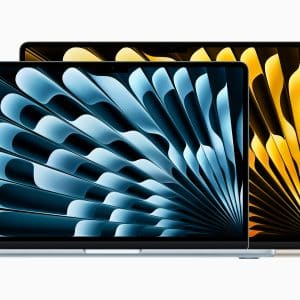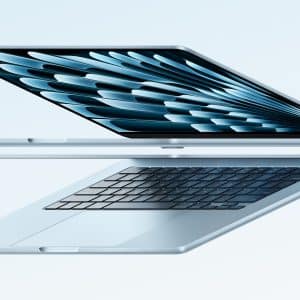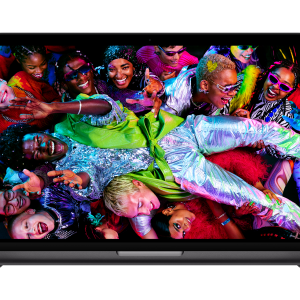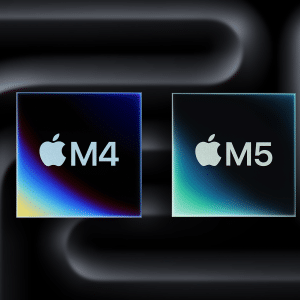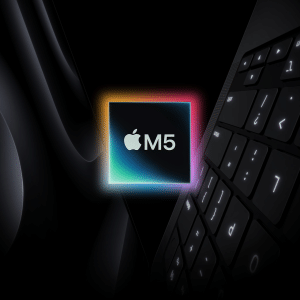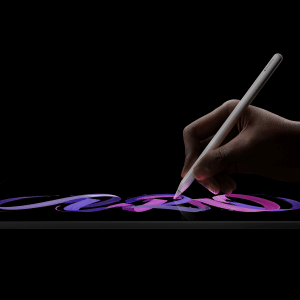In 2007, Apple quietly explored a cellular-equipped MacBook prototype. This device aimed to combine the power of macOS with the portability and connectivity of mobile networks. Despite its potential, Apple decided not to proceed with production.

Why It Was Shelved
- Battery Life Concerns: Cellular connectivity could have drained the limited battery capacities of the era.
- Network Limitations: 3G technology at the time was slower and less reliable compared to today’s 5G standards.
- Market Uncertainty: The focus in 2007 leaned toward the launch of the iPhone, a device that became a monumental success.
The Evolving Role of Connectivity in Laptops
Laptops with built-in cellular functionality are not new. Competing brands like Microsoft and Lenovo have been offering devices with LTE and 5G capabilities, catering to professionals who need reliable internet on the go. These devices eliminate the need for tethering via smartphones or hunting for Wi-Fi networks.
Apple currently offers advanced Wi-Fi and tethering capabilities across its MacBook range. However, these options are not as seamless as built-in cellular connectivity. The integration of cellular technology would align Apple’s MacBook line with the growing demand for standalone connectivity.
How a Cellular MacBook Could Fit Into Apple’s Lineup
Expanding the MacBook Family
Apple’s MacBook Air and MacBook Pro lines cater to diverse user needs. A cellular MacBook could:
- Target Professionals: Those requiring constant connectivity, such as journalists, business travelers, and remote workers.
- Enhance Mobility: Ideal for users in areas with limited Wi-Fi availability.
Potential Features of a Cellular MacBook
- 5G Compatibility: For ultra-fast and reliable internet access.
- Enhanced Battery Optimization: Leveraging Apple’s custom silicon to minimize power consumption.
- iCloud Synergy: Seamless integration with Apple’s cloud services for remote file access.
Challenges and Considerations
Adding cellular capabilities could impact battery performance and heat dissipation. However, advancements in Apple Silicon, particularly the energy efficiency of M-series chips, make this less of a concern.
A cellular-enabled MacBook might come with a higher price tag, potentially limiting its appeal to a niche market.
Apple would need to ensure that the device supports multiple carriers globally, an approach already seen with the iPad lineup.
What Consumers Want
A poll accompanying the original article suggests strong interest in a cellular MacBook. The ability to stay connected without relying on external devices is appealing to a wide audience, from creatives to frequent travelers.
Current Alternatives
- Hotspots and Tethering: Effective but less convenient than built-in connectivity.
- Cellular iPads: A viable option, but these lack macOS functionality, limiting their capabilities for power users.
Why Now Is the Right Time for a Cellular MacBook
Modern 5G networks provide the speed and reliability needed for demanding tasks like video calls, file uploads, and streaming. Additionally, Apple’s M-series chips offer the efficiency required to handle cellular connections without compromising performance.
The shift toward remote work and digital nomadism has heightened the demand for versatile, portable devices. A cellular MacBook could meet these evolving needs.
Other manufacturers are gaining traction in this space. By not offering a cellular MacBook, Apple risks falling behind in meeting professional users’ connectivity needs.
How Apple Could Market a Cellular MacBook
Apple’s marketing strategy could emphasize:
- Ultimate Mobility: Highlight the freedom of working anywhere without Wi-Fi.
- Integration with Apple’s Network: Showcase seamless compatibility with iCloud, iPhone tethering, and more.
- Sustainability and Innovation: Focus on energy efficiency and cutting-edge design.
Potential Drawbacks of a Cellular MacBook
The inclusion of cellular hardware could make these devices significantly more expensive, potentially alienating budget-conscious buyers.
For users who primarily work from home or offices with stable Wi-Fi, cellular functionality might not justify the added cost.
Should Apple Finally Sell a Cellular MacBook?
The concept of a cellular MacBook aligns perfectly with the needs of modern users. With advancements in 5G and Apple Silicon, the challenges that once hindered such a product are no longer insurmountable. While it may not be a device for everyone, the potential to redefine mobile productivity is undeniable.
If Apple decides to bring its 2007 prototype to life, it could mark a new era for MacBooks, combining power, portability, and connectivity like never before.


